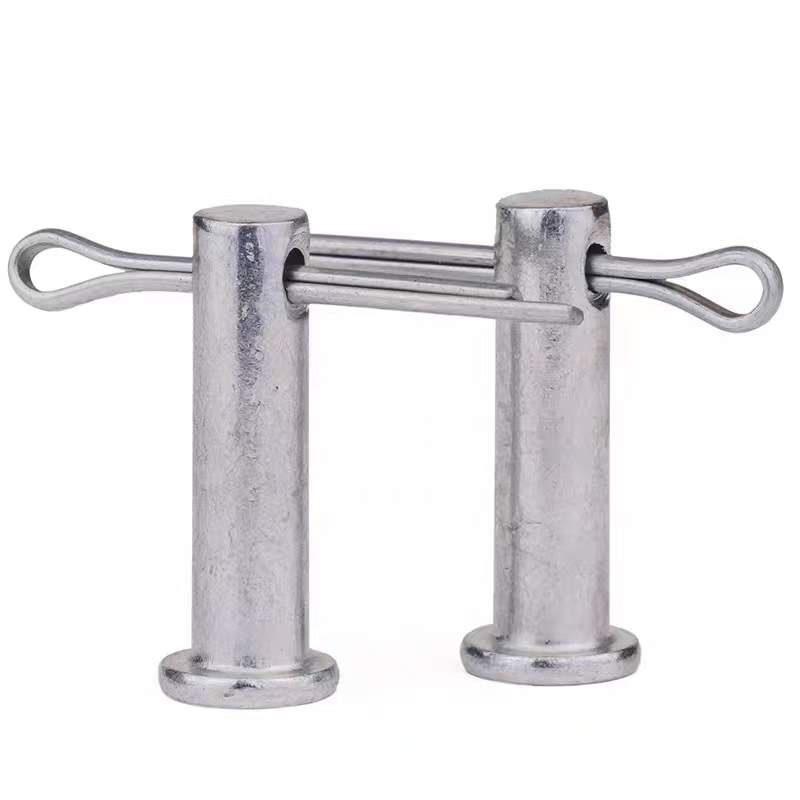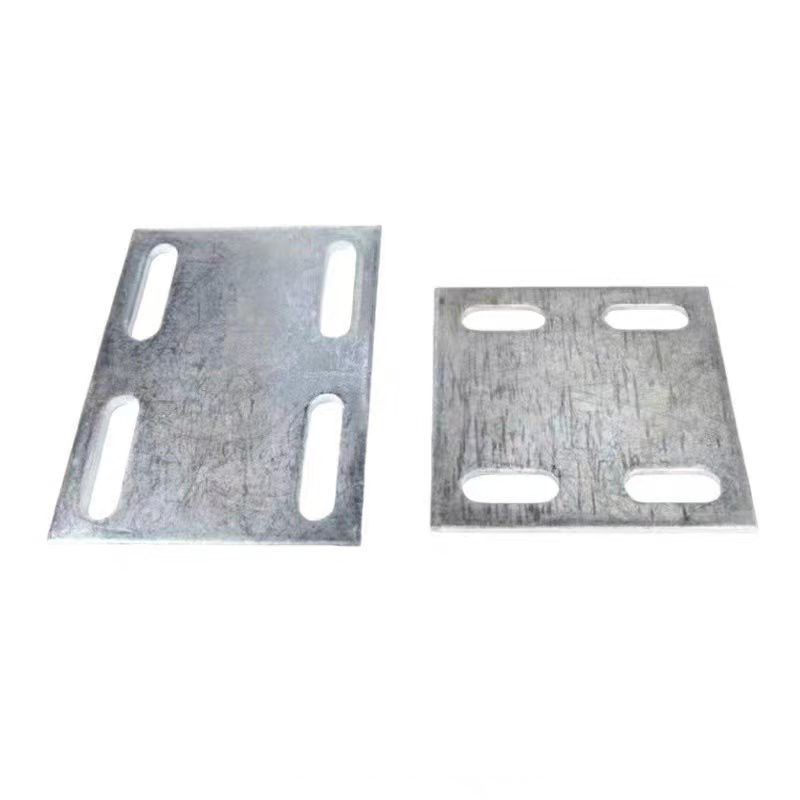- Chinese
- French
- German
- Portuguese
- Spanish
- Russian
- Japanese
- Korean
- Arabic
- Irish
- Greek
- Turkish
- Italian
- Danish
- Romanian
- Indonesian
- Czech
- Afrikaans
- Swedish
- Polish
- Basque
- Catalan
- Esperanto
- Hindi
- Lao
- Albanian
- Amharic
- Armenian
- Azerbaijani
- Belarusian
- Bengali
- Bosnian
- Bulgarian
- Cebuano
- Chichewa
- Corsican
- Croatian
- Dutch
- Estonian
- Filipino
- Finnish
- Frisian
- Galician
- Georgian
- Gujarati
- Haitian
- Hausa
- Hawaiian
- Hebrew
- Hmong
- Hungarian
- Icelandic
- Igbo
- Javanese
- Kannada
- Kazakh
- Khmer
- Kurdish
- Kyrgyz
- Latin
- Latvian
- Lithuanian
- Luxembou..
- Macedonian
- Malagasy
- Malay
- Malayalam
- Maltese
- Maori
- Marathi
- Mongolian
- Burmese
- Nepali
- Norwegian
- Pashto
- Persian
- Punjabi
- Serbian
- Sesotho
- Sinhala
- Slovak
- Slovenian
- Somali
- Samoan
- Scots Gaelic
- Shona
- Sindhi
- Sundanese
- Swahili
- Tajik
- Tamil
- Telugu
- Thai
- Ukrainian
- Urdu
- Uzbek
- Vietnamese
- Welsh
- Xhosa
- Yiddish
- Yoruba
- Zulu
- Kinyarwanda
- Tatar
- Oriya
- Turkmen
- Uyghur

China Electro-galvanized hexagon socket bolt
Exploring China Electro-galvanized Hexagon Socket Bolts: Insights from the Field
Understanding the intricacies of the China Electro-galvanized hexagon socket bolt might seem straightforward, but delving into its manufacturing nuances reveals a different story. These bolts, commonly overlooked, play a crucial role across various industries, yet misconceptions about their production and application persist.
The True Value of Electro-galvanization
When we talk about electro-galvanization, the aim is essentially to protect the bolt from corrosion. It sounds simple, but achieving a uniform, durable coating is not trivial. The process involves immersing the bolts in an electrolyte solution and passing a current through it. This technical step needs careful control over parameters like voltage and time, directly impacting long-term performance. At Handan Zitai Fastener Manufacturing Co., Ltd., situated in the industrially rich region of Yongnian, they’ve engineered this process to minimize defects and maximize resilience.
The adjacency to major transportation hubs, such as the Beijing-Guangzhou Railway, also influences not just shipping efficiency but the very logistics of acquiring raw materials. This positioning allows for an agile response to demand fluctuations and a more controlled supply chain, an often-overlooked advantage in production discussions.
However, customers often assume electro-galvanized bolts will be perfect for all environments. That’s a myth. While they offer decent corrosion resistance, especially when applied with precision, they’re not infallible in extreme industrial atmospheres where higher alloyed coatings might fare better.
Common Missteps in Application
One common mistake users make is neglecting to match the bolt's properties with the application environment. At Zitai Fasteners, they regularly advise clients on selecting the right bolt composition and coating thickness. Unfortunately, people often overlook such advice, resulting in suboptimal performance.
For instance, using a standard electro-galvanized bolt in a coastal environment might lead to faster degradation. Here, Handan Zitai might recommend additional surface treatments or even different coatings altogether to ensure longevity and safety.
A memorable anecdote involved a local machinery manufacturer who initially purchased unsuitable bolts for their equipment operating near a chemical plant. After consultation, they switched to a more appropriate specification, significantly reducing maintenance downtime.
Insights from a Manufacturer's Perspective
From the production angle, small factors can significantly affect the quality of these bolts. It’s not just about the galvanization process but also the precision in cutting and threading each bolt. Having visited the production line at Handan Zitai Fastener Manufacturing Co., Ltd., the importance of machine calibration and periodic audits stood out clearly.
Moreover, training staff to recognize minor defects during quality control processes is crucial. It's cost-effective to catch these early rather than face larger warranty claims later. Their unique approach to employee training, focusing on hands-on experience, is something other manufacturers might want to emulate.
This learning-by-doing culture ensures that the nuances of Electro-galvanized hexagon socket bolt production aren’t just theoretical knowledge but practical insight grounded in daily operations.
Transportation and Logistics Challenges
The logistics of moving these fasteners, often underappreciated, can dramatically impact client satisfaction. Given Handan Zitai’s advantageous location, they leverage this to offer expedited delivery options, a significant value-add in competitive markets.
However, logistics is always fraught with challenges—weather disruptions, fluctuating transportation costs, and regulatory changes. Having a robust adaptive strategy lets manufacturers like Zitai Fasteners maintain consistency in delivery schedules.
Real-time tracking innovations and partnerships with dynamic logistics firms are instrumental. This proactive approach minimizes downtime for clients awaiting crucial components, an industry best practice that sets certain companies apart.
Future Directions and Innovations
Looking ahead, the future of fastener manufacturing points towards smarter technologies. There’s ongoing research into coatings that respond dynamically to environmental changes, potentially revolutionizing how we perceive bolt longevity and reliability.
For companies like Handan Zitai, the challenge will be integrating these technologies while maintaining cost-effectiveness. Staying ahead will demand continuous engagement with cutting-edge research and agile adaptation to new material sciences.
In conclusion, the world of Electro-galvanized hexagon socket bolts is far more complex than it appears. Success depends on understanding the interplay between design, manufacturing, and application—and having the foresight to adapt to evolving challenges.
Related products
Related products
Best selling products
Best selling products-
 7-shaped anchors (7-shaped anchor bolts)
7-shaped anchors (7-shaped anchor bolts) -
 Basket bolts
Basket bolts -
 Colored zinc-plated cross countersunk drill thread
Colored zinc-plated cross countersunk drill thread -
 Electroplated galvanized gaskets
Electroplated galvanized gaskets -
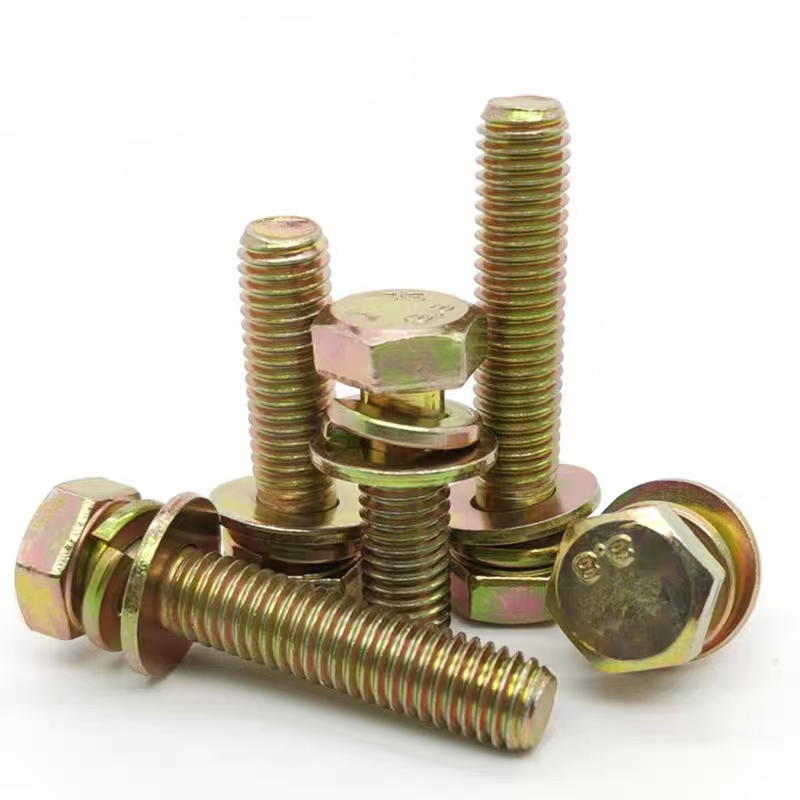 Colored zinc plated hexagonal bolts
Colored zinc plated hexagonal bolts -
 Colored zinc plated countersunk cross bolts
Colored zinc plated countersunk cross bolts -
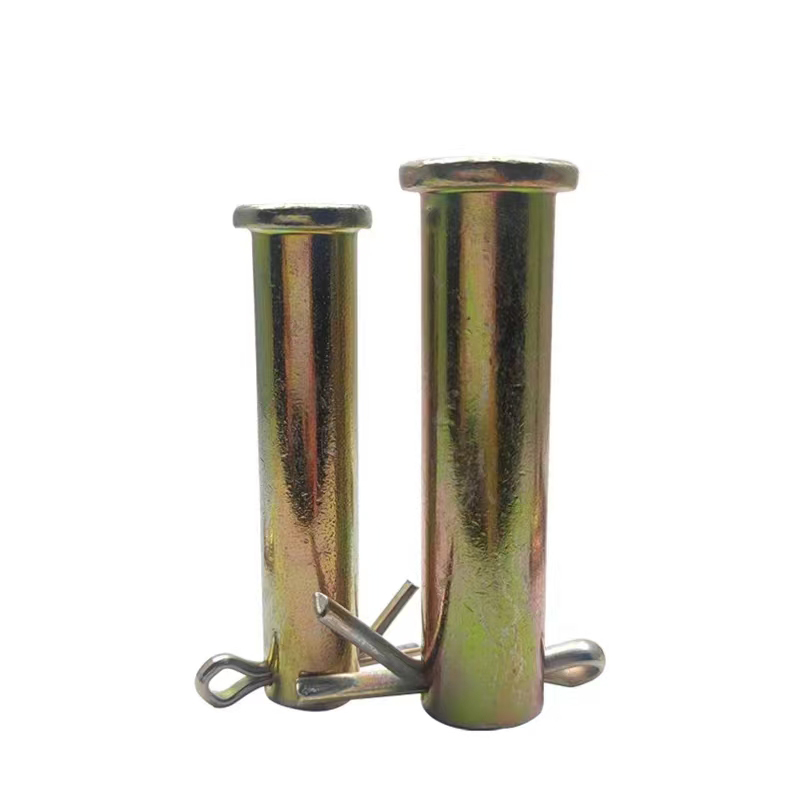 Colored zinc-plated pins
Colored zinc-plated pins -
 Welding nut (welding nut)
Welding nut (welding nut) -
 Black zinc plated hexagonal bolts
Black zinc plated hexagonal bolts -
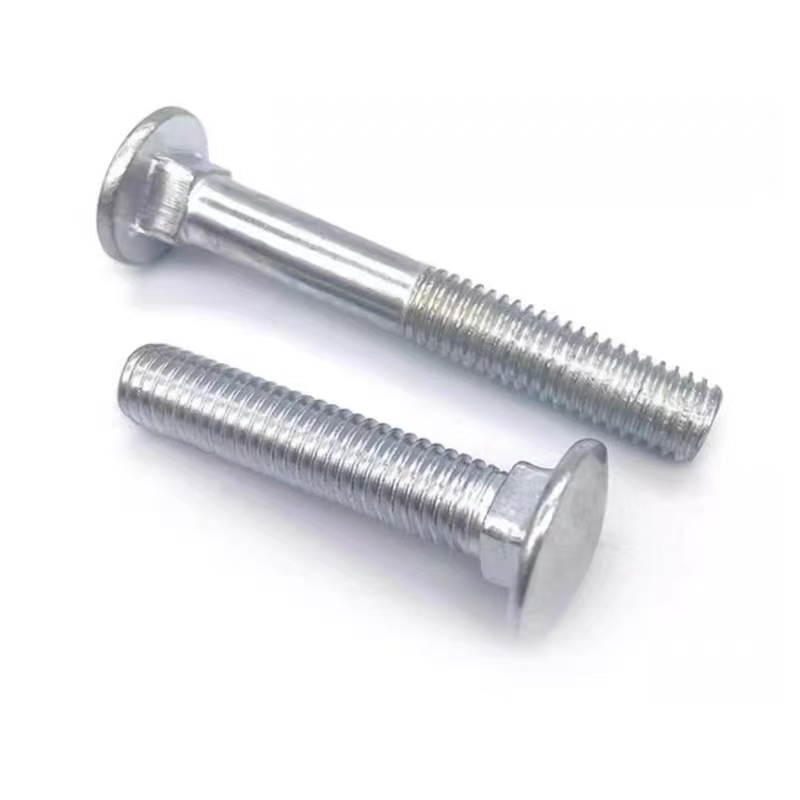 Carriage bolt (half-round head square neck bolt)
Carriage bolt (half-round head square neck bolt) -
 10.9S large hexagon bolts
10.9S large hexagon bolts -
 Electro-galvanized countersunk cross bolts
Electro-galvanized countersunk cross bolts


